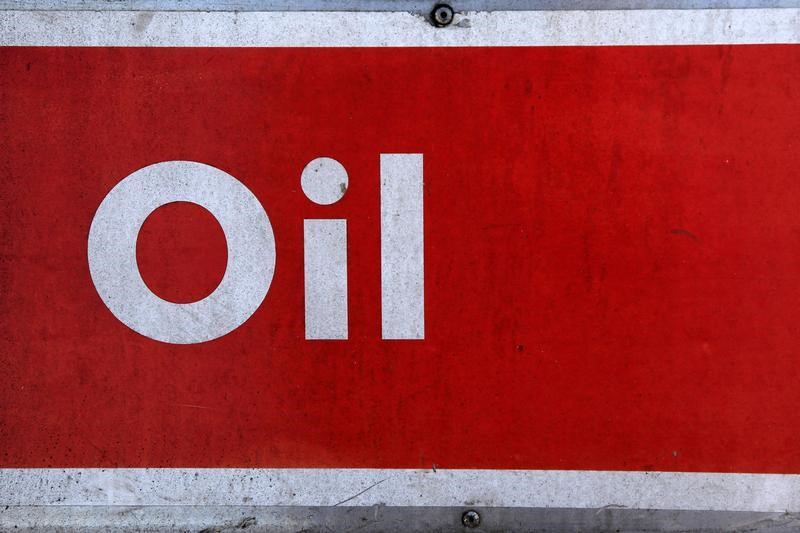* OPEC+ expected to extend, not deepen cuts in meeting next week
* For the month, Brent gains 6% and WTI rises 2.3%
* China warns U.S. of retaliation for backing Hong Kong protesters
* U.S. crude output rises to record 12.5 mln bpd in Sept- EIA
By Jessica Resnick-Ault
NEW YORK, Nov 29 (Reuters) - Oil prices fell on Friday, with U.S. crude dropping more than 4%, on fresh trade tensions and record high U.S. crude production, but they still ended the month higher as OPEC watchers expect an extension next week to a pact to throttle oil output beyond March.
Brent crude futures LCOc1 settled down $1.44 at $62.43 a barrel, and was down 1.5% on the week. Still, the contract posted its biggest monthly gain since April with a rise of about 6%.
West Texas Intermediate (WTI) futures CLc1 settled down $2.94 at $55.17, falling of 4.1% on the week, after three consecutive increases. On a monthly basis, WTI is poised for a jump of about 2.3%, its highest since June.
Trading volumes were low due after Thursday's U.S. Thanksgiving Day holiday.
Both benchmarks rose in November partly on expectations of the United States and China reaching an initial deal trade deal by the year-end, that could lift doubts over future demand for crude, along with it the health of the global economy.
However, that has started to look less likely after China warned the United States on Thursday it would take "firm counter measures" in response to U.S. legislation backing anti-government protesters in Hong Kong. have also been supported ahead of next week's meeting of the Organization of the Petroleum Exporting Countries (OPEC) and allies including Russia, as the group known as OPEC+ is expected to extend existing oil output cuts until mid-2020. is supporting Saudi Arabia's push for stable oil prices amid the listing of state oil giant Saudi Aramco, and next week's gathering coincides with the planned announcement of the final pricing for Aramco's 2222.SE initial public offering. however, were also eyeing whether the producer group would agree to deeper cuts.
"The bottom line is some people are looking for OPEC+ to cut production, and I don't think that's going to happen," said Andrew Lipow, president of Lipow Oil Associates in Houston. If the cuts fall short of expectations or last only a few months, the market will sell off, he said.
OPEC+ agreed to reduce supply by 1.2 million barrels per day in 2019 through to March as U.S. output continues to climb to record levels.
OPEC's share of that cut is 800,000 bpd among the 11 members participating in the deal. A Reuters survey on OPEC output indicates that total OPEC output fell by 110,000 bpd in November. oil companies on Thursday proposed to keep their output quotas unchanged, putting pressure on OPEC+ to avoid any major shift at the meeting over Dec. 5-6. prices have also faced pressure from growing U.S. output, which in September rose to a new record of 12.46 million bpd from 12.397 million bpd in August, the government said in a monthly report on Friday. supply from the North Sea, where crude differentials have been hitting several year highs CRU/E , is set to increase in January, sending a bearish signal. O/LOAD
A Reuters poll of 42 economists and analysts forecast Brent to average $62.50 a barrel next year, little changed from last month's $62.38 outlook, which was the lowest prediction for 2020 in about two years. O/POLL
The benchmark has averaged about $64 per barrel so far this year.
CHART: Brent oil may retest support at $63.24 per barrel
